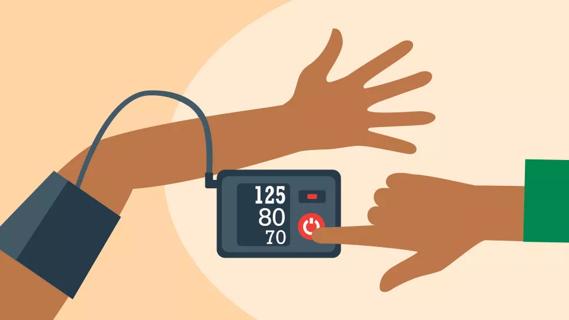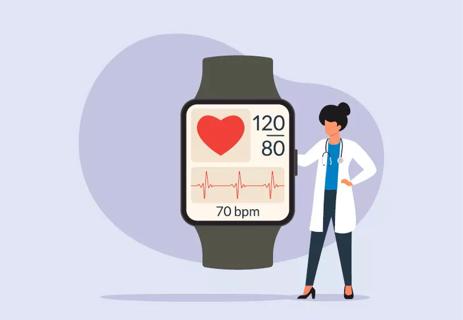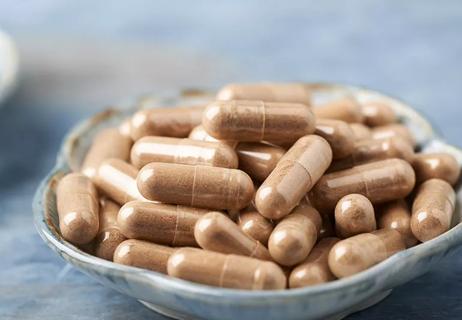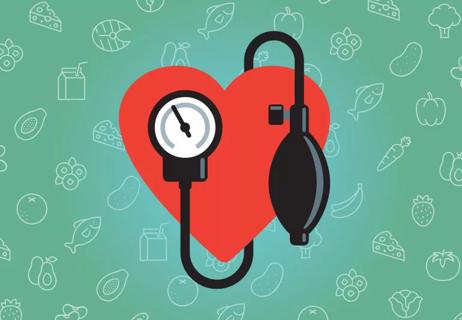Cardio and strength training can strengthen your heart

If you have high blood pressure, your doctor might recommend getting more exercise. While medication can help manage your blood pressure, exercise is an excellent way to help lower your blood pressure by making your heart stronger and maintaining a healthy weight.
Cleveland Clinic is a non-profit academic medical center. Advertising on our site helps support our mission. We do not endorse non-Cleveland Clinic products or services. Policy
Clinical exercise physiologist Laura Gray, ACSM-CEP, MS, explains why exercise is good for those who have high blood pressure, what activities to try and how to stay motivated.
Exercise, in general, can help manage your blood pressure. If you have high blood pressure, exercise can even help lower it. How? Exercising regularly helps manage your weight, keeps your heart healthy and decreases stress.
Additionally, working exercise into your lifestyle, along with eating a healthy diet, can help lower your blood pressure and prevent more serious medical conditions.
“High blood pressure can lead to stroke, heart attack, heart failure and even kidney issues,” says Gray.
So, if you’re ready to lace up your sneakers, make sure to keep a few things in mind.
“You have to be mindful of your breathing,” she advises. Make sure you’re not holding your breath while working out or doing a breathing method called the Valsalva maneuver, which is where you hold your breath during weightlifting, for example.
“Focusing on breath control will help eliminate a significant elevation in blood pressure,” says Gray.
Another thing to be mindful of is incorporating a 5- to 10-minute warmup and cool down. For example, you can ride a bike, walk on the treadmill or elliptical, walk around a track or take a stroll around your neighborhood to warm up or cool down.
“By warming up and cooling down, you can also avoid a drastic change in blood pressure,” says Gray. “It allows your body to acclimate to exercise by allowing a gradual increase in heart rate and breathing at the start of the activity. And as soon as you stop exercising, if you don’t cool down, it can lead to lower blood pressure. Your heart is still beating faster and your blood vessels are dilated, and this can lead to venous pooling in your legs. So it’s important to cool down to prevent hypotension.”
It’s recommended that you get 150 minutes of moderate-intensity exercise a week. But that 150 minutes can be broken up into more manageable chunks throughout the week.
“You can start your exercise in 10-minute increments if you’re just getting started back into an exercise routine,” recommends Gray.
And consistency is key. It may take one to three months before you notice any difference in your blood pressure.
You also want to make sure you’re working out hard enough. For moderate-intensity exercise, you want to aim for about 50% of your max heart rate. Another simple way to figure out if you need to push yourself a little more is the talk test.
“If you’re on a treadmill or walking, you’d only be able to get out a few words,” says Gray. “You definitely wouldn’t be able to sing or easily have a full conversation.”
As you perform cardio and strength training, it helps strengthen your heart, which means your heart can pump more blood with less effort.
Here are some forms of exercise that are great for helping lower your blood pressure:
“When you reduce your weight, you can actually reduce your blood pressure by 5 to 7 millimeters of mercury, which is how blood pressure is measured,” explains Gray.
After working out, you can also focus on a few breathing methods that help lower your blood pressure. Gray recommends the pursed-lip breathing method.
“You just breathe in through your nose for 2 seconds and then out through your mouth, kind of like you’re blowing a whistle, for 4 seconds,” says Gray. “Doing that can help reset the body.”
Yes, at least at first, says Gray.
As you start out on your fitness journey, you need to take it slowly and work toward a goal.
“For someone with high blood pressure, high intensity might be a little bit tough,” says Gray. “It can be something you do eventually, but I wouldn’t start with that if you’re just starting exercise.”
You should also be careful when it comes to sprinting, climbing stairs or weightlifting. Those forms of exercise involve intense movements in a short period of time, which can raise your blood pressure too quickly and put too much stress on your heart.
“Weight training can get a little tricky because some people tend to hold their breath,” says Gray. “So as long as you’re breathing properly, weight training can be incorporated.”
Gray recommends talking to your doctor before starting any form of exercise.
“With high blood pressure, many people are on medications,” says Gray. “That medication can change your heart rate and blood pressure response to exercise.”
Starting an exercise routine can be scary. But Gray has some tips to help you stay motivated and on the right track toward your health goals.
Don’t forget about being consistent with your workouts — aiming for those 150 minutes of moderate-intensity exercise a week — by making your exercise plan a regular part of your life, says Gray.
“In order to keep up a lifestyle and see those true lifestyle changes, you want to make sure you have that planned exercise rather than just physical activity,” she says.
Learn more about our editorial process.

An ideal blood pressure is less than 120 mm Hg systolic and less than 80 mm Hg diastolic

Steer clear of bells and whistles — simple, affordable monitors are all you really need

Both are related to your cardiovascular system, and both can impact the other

Not drinking enough fluids can send your blood pressure on a rollercoaster ride

Aerobic exercise, a low-sodium diet and reduced alcohol consumption can all help

It could help with hypertension, but skip the supplement and enjoy garlic in your food instead

The energy drink staple packs a caffeine punch, but caution is recommended

Foods high in vitamins C and E can help lower your blood pressure

Your metabolism may torch 1,300 to 2,000 calories daily with no activity

A gentle touch in all the right places may help drain your sinuses